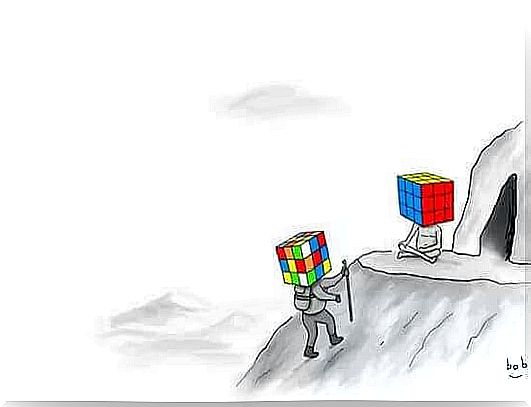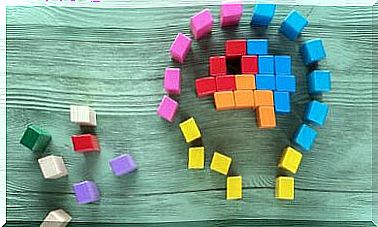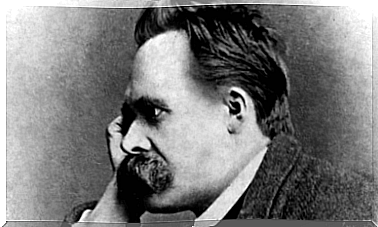I Don’t Get Angry Anymore: I Observe, I Reflect And I Walk Away If Necessary

By having to deal with complicated situations, we learn to take an emotional distance, to manage our discomfort and to think before making a decision.
As with everything, learning this takes time and experience. Lots of experience.
So, we could say that emotional distance is an unwritten code that allows us to see and feel things in another way.
This is because we take time for emotions such as anger to weaken and to give way to feelings that make it easier for us to understand what we really think and how we want to act.
In other words, doing this helps us to better manage our emotions and thus to obtain more coherence within our opinions and our actions on a defined topic such as the attitude of a person.

What do we need to take emotional distance?
How can we take emotional distance? This answer has no magic bullet, as it depends on many personal factors and circumstances.
There are people that we have in the skin and moving away from the emotions that we feel when we are with them is, without a doubt, one of the most difficult tasks to achieve when rearming the puzzle that allows us to understand what is going on.
However, and even if we do not have the recipe that allows us to take an emotional distance in an ideal way, we can still point out most of the ingredients that we lack to achieve emotionally distancing ourselves from what it is. is difficult for us to manage.
As we have already commented, it is essential to take time to be able to moderate our emotions.
Let us take as an example to illustrate this question the three colors of the traffic light: red, orange and green.
When confronted with an affront, it probably lights up in orange, and then turns red. In other words, when for example we are overcome with anger, sadness, joy or any other emotion, our traffic light is red, and therefore we should not make decisions.
Observe, stare, and walk away if necessary, but don’t make permanent decisions when you feel temporary emotions, even if you feel like telling that person their four truths, screaming, or leaving forever.
Give yourself time to calm down, go out for a walk, color in, or allow a few days to pass before you talk or see that person who made you angry or sad again.
The simple fact that time passes can minimize the importance of certain things and certain details which anxious us become trifles for which we relativize and which we accept as state specific to the circumstances.
Let’s say that thanks to time, we move away and stop engaging in the emotional intensity that generates disappointments, expectations, betrayals, etc.
It is possible that all of these things are no longer controlled by our emotions, and like any ability, this is learned with a little practice.

The internal compass, a great advantage when it comes to putting emotional distance into practice
Once we manage to put an emotional distance from what has happened, we will be able to listen to this internal compass which generates in us feelings about what is right and what is wrong.
These intuitions are often good because they are based on our feelings, much more durable over time than our emotions.
So the decisions we make about others and what happened to us will be much better or more in line with what we think and feel.
In this way, we will be able to know what deserves our attention and what we want to ignore, making sure to get better and not suffer so much for what we cannot control.
In summary, it is very important that in the face of complicated or too intense situations we take an emotional distance, so that the most fleeting aspects of our emotions do not hinder our path and not to regret the things we have done or not done.
Images courtesy of Claudia Tremblay.









